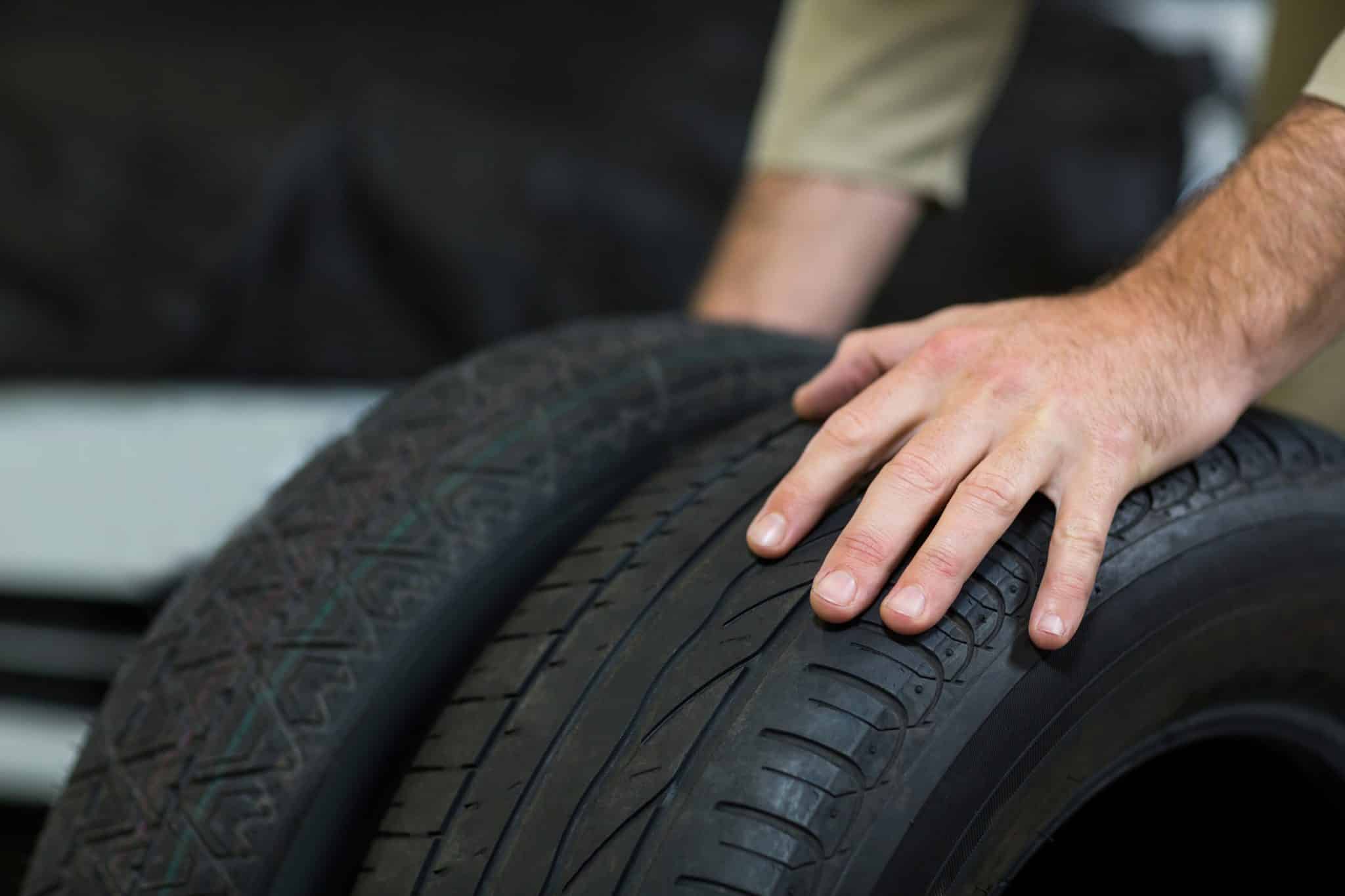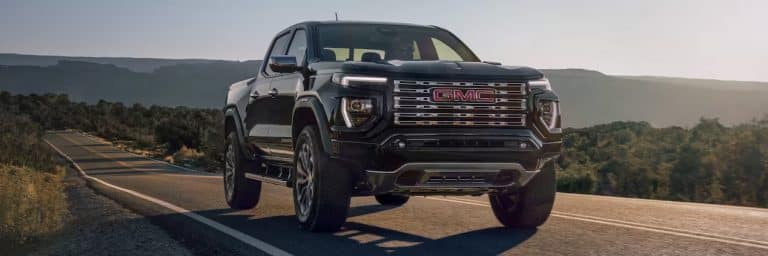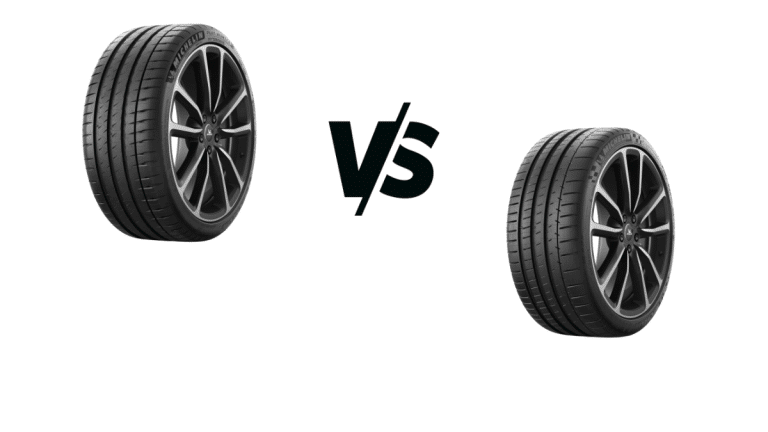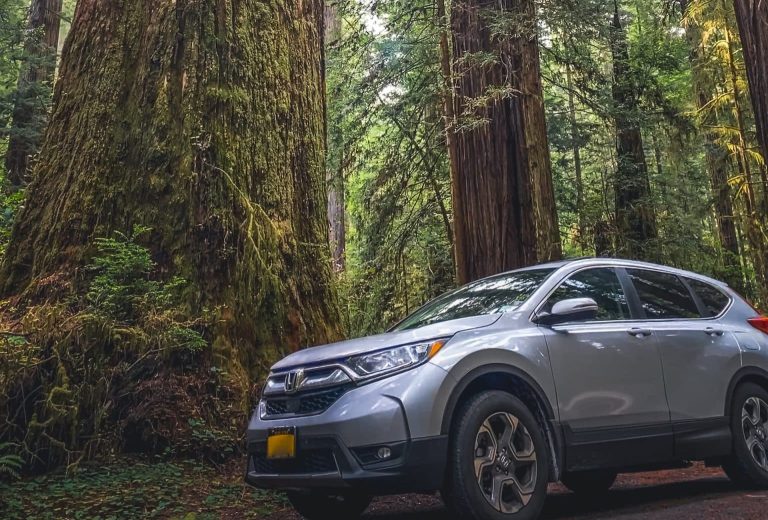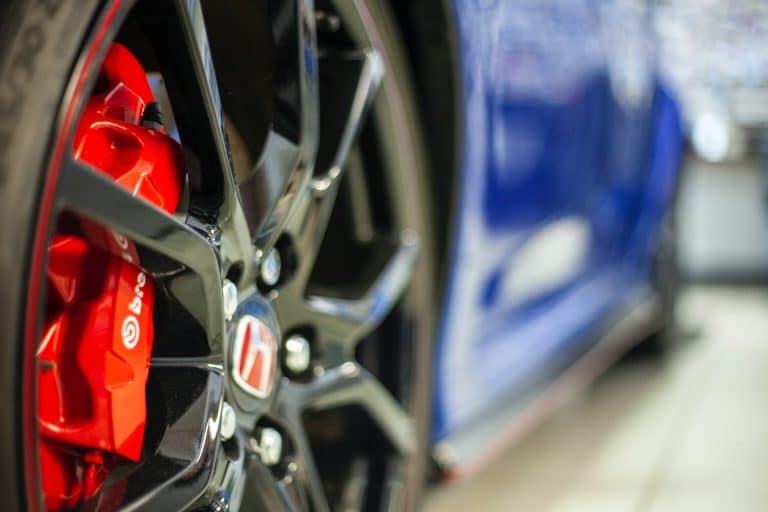Different Tire Widths and Their Properties
When talking about cars, there are tons of aspects that differ from one model to another. Dimensions, engine, type of suspension, brake disc size, and many more. Considering that we’re a tire site, we’ll be talking about the tires.
Whenever you go to a tire shop to get a new set of tires, the technician asks you which dimensions you need or uses the VIN to find that from a database. The main reason different sizes exist is that not all cars are equal and some require bigger tires. There are many reasons for this, so I won’t dive into this too much.
In this guide, I’ll cover the width of the tires. Every car comes with several tire sizes depending on the trim level and engine size. Each one has a different width, so if you decide to make some changes, you’ll need to know what to expect.
Regardless if you want to keep things as stock or you plan to change the width, you should know that there are differences. Let’s see what they are.
A small disclaimer. To keep things as simple as possible, I’ll only talk about the width and won’t be discussing the rest of the dimensions.
What is Tire Width?
Before I talk about what you’d get, let’s go over the basics. I spoke about this in my tire size guide, so I’ll be brief.
A tire’s width is the dimension of a tire from one sidewall to the other. This is measured when you’re looking at the tire straight on. Manufacturers use the metric system for this dimension, so we measure the width in millimeters.

Since the measurement considers the total width, the width of the tread is a bit narrower. To be fair, the difference is a few millimeters, and it all depends on the design.
Pros and Cons of Wider Tires
Let’s start with the wider tires and see what you get from them. The first thing is the aesthetics, which is what most people notice. Imagine a Ferrari with 175 wide tires. It will look ridiculous. Wide tires usually are combined with a low profile, giving the car a sporty look.
With the looks aside, let’s look at the practical advantages you get from wider tires. The main one is the larger contact patch, which is directly related to the performance. In this regard, a wider tire means you have a larger contact patch, resulting in more grip and traction.
In dry or wet conditions, this is crucial. On a dry road, having a larger contact area is better for more grip and traction. This is evident from most racing series, where cars use very wide slicks. It’s a similar story with wet conditions. You get more sipes and grooves, so there will be more performance crucial for keeping you on the road.
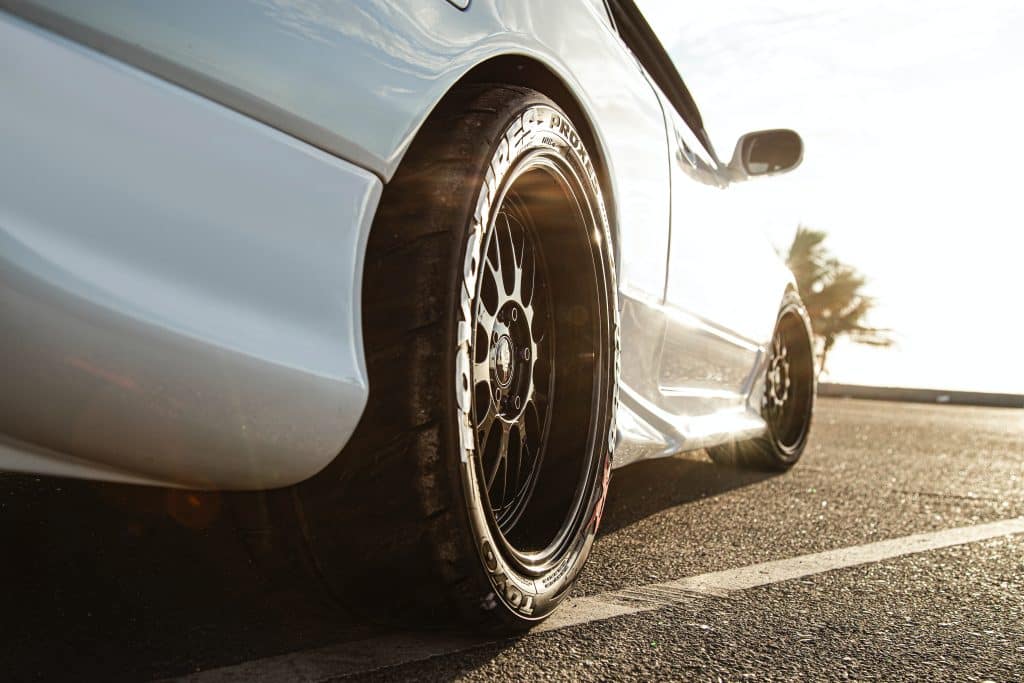
This is the main reason the width of a tire depends on the car. For example, a smaller hatchback won’t have very wide tires because it doesn’t have a lot of power. On the other hand, a sporty sedan will have a wider set of tires. This is because it will have a more powerful engine and is designed to be driven enthusiastically.
As good as everything sounds so far, wider tires have a few drawbacks. The first one you’ll notice is the price. They are more expensive than the narrower tires, even when you compare same-diameter tires. On top of that, you’ll notice a difference between the type of tires. Performance models usually come in wider sizes, unlike touring tires, which come in narrower ones.
Having a set of wider tires usually means that you’ll have to work with a smaller sidewall. While it looks cool, it doesn’t do wonders in terms of comfort. Less flex in the sidewall means the tire won’t absorb as many bumps, so you’ll need to deal with a slightly bumpy ride.
While we’re discussing refinement, wider tires sometimes can produce more noise. There’s more of the tire that’s in contact with the road, so you’ll hear a bit more roar.
Finally, let’s talk about something you’ll notice in the long run – fuel consumption. I’m not saying that there will be a massive difference, but wider tires aren’t as fuel efficient as narrow ones. This is because there’s more surface area creating friction.
Pros and Cons of Narrower Tires
If you’ve paid attention to what I explained about wide tires, the opposite applies to narrower ones. Despite that, let’s discuss each aspect to get a better understanding.
Price is usually the first thing that comes to mind. Narrower tires mean that there’s technically less rubber, so the price will be lower. Many other aspects can play a role in this, but this is the one that we usually mention.
Next up we have the refinement, which is a plus for the narrower tires. I’m not saying that they are worlds apart, but there is a difference. The smaller footprint means you’ll get less road noise. Also, narrower tires with bigger sidewalls will offer a softer ride.
The last advantage of narrow tires comes in the form of snow performance. Having a smaller footprint means that a narrow tire will have more surface pressure when compared with a wide one. This pushes it into the snow and slush, providing you with more traction.

With the positive out of the way, let’s talk about the negative sides of narrow tires and traction is the most common one. A smaller area means that there’s less rubber on the road, which results in less traction. Narrow tires are far from unsafe, but they won’t offer as much as wide tires. This covers all driving conditions, like dry, wet roads and, sometimes, even ice.
Another disadvantage of narrow tires is the handling and dynamic capabilities. Considering that narrower tires usually have a bigger sidewall, you will have to deal with more flex. This results in a tire that’s less responsive and you won’t get that dynamic feel most enthusiasts are after.
There are exceptions to this, especially with some rare sizes. You can find some narrow-ish tires with a low profile, which will remedy the problem of handling. With that said, it won’t do anything to help you get traction that’s on the same level as a wider tire.
How to Choose the Correct Width
To be honest, my best advice for you is to leave the tire sizes as they are. During the development process, manufacturers research and decide which is the optimal width for each model, depending on the engine, trim, and so on.
For the sake of this guide, let’s say you want to make some changes, and let’s see what you should consider.
The first and most important thing is how wide can you go. At a certain point, the wheels won’t be wide enough to accommodate the tires. Then, you have the fenders, so rubbing can be an issue if you don’t compensate for the width and offset. I’ve talked about this in my guides on changing tire and wheel sizes, so check them out.
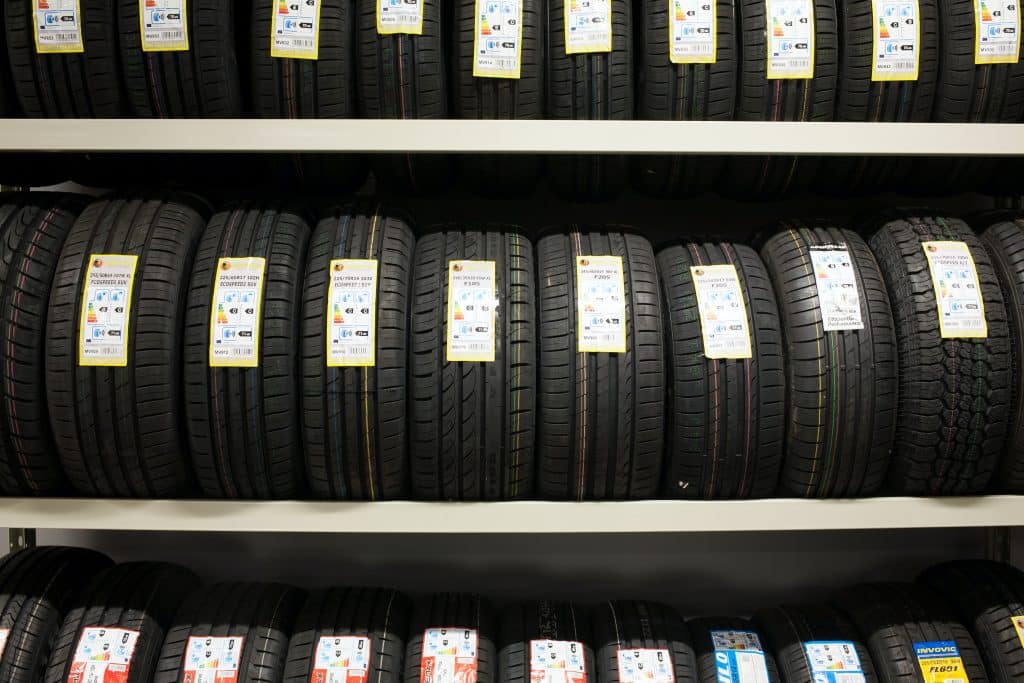
With that out of the way, you now know the range of width you can go after, so which one is the best? Unfortunately, there isn’t a specific answer to this question.
You will need to decide which tire width would work best for you. I outlined the pros and cons of both sides, so you’ll need to see which cons you can live with.
Then there’s the type of car you have. My 92 Corolla looks like it has bicycle tires by today’s standards and an upgrade can change that. The car will look cooler and I may get sharper steering, but I’ll have to deal with the drawbacks. As much as I’m prepared for that, there is a point where going too wide is pointless, especially with these types of cars.
There isn’t a wrong or right decision here, just the one you’re prepared to live with.
Conclusion
From the factory, cars come with a certain width and most people drive them without ever giving that a second thought. Enthusiasts, on the other hand, think differently, and as part of the modification process, they look to change the width.
The process isn’t overly complicated, but you’ll need a tire shop for that. Your job will be to decide which width you’ll be willing to go for and if you’re prepared to make some compromises. Naturally, this depends on which way you’re willing to go – wider or narrower.
As long as you follow some basic rules and don’t do something crazy, changing the width of your tires won’t be the worst experience in the world. With that said, if you’re not sure, you have two options. You can ask an expert, or you can leave the size as it is to avoid any potential issues down the line.
